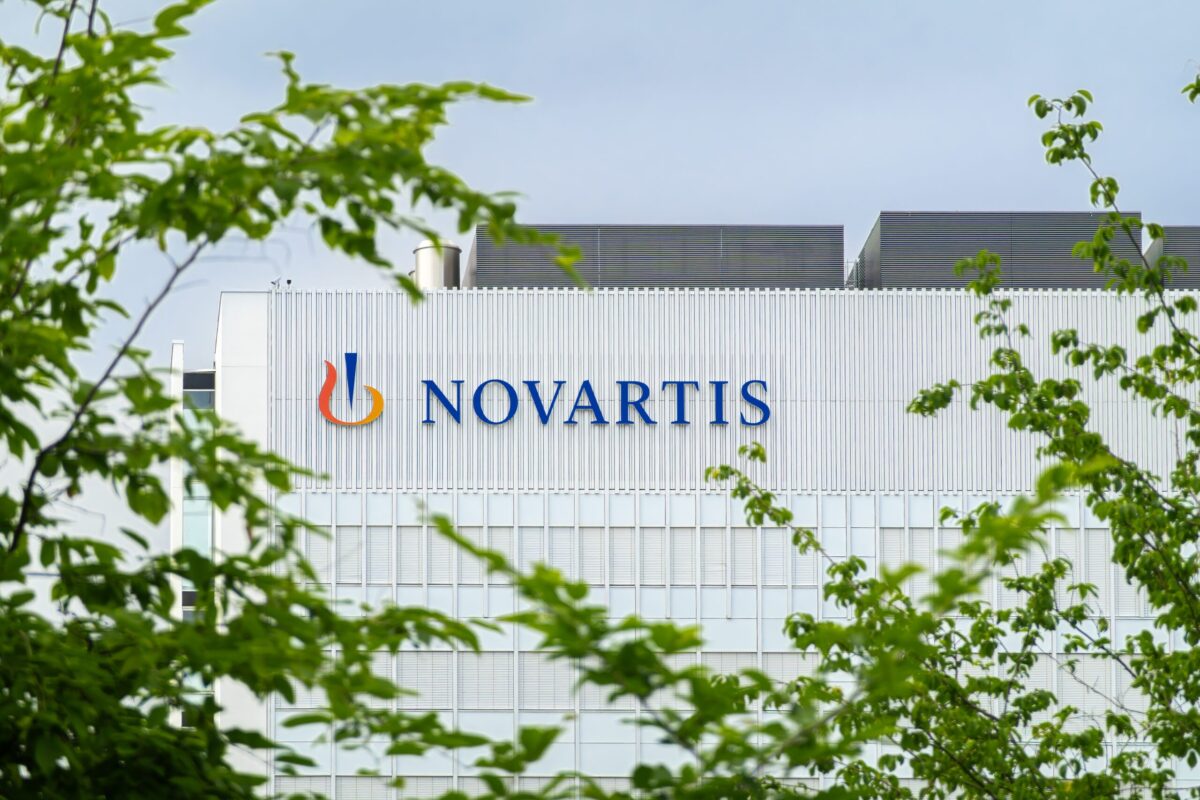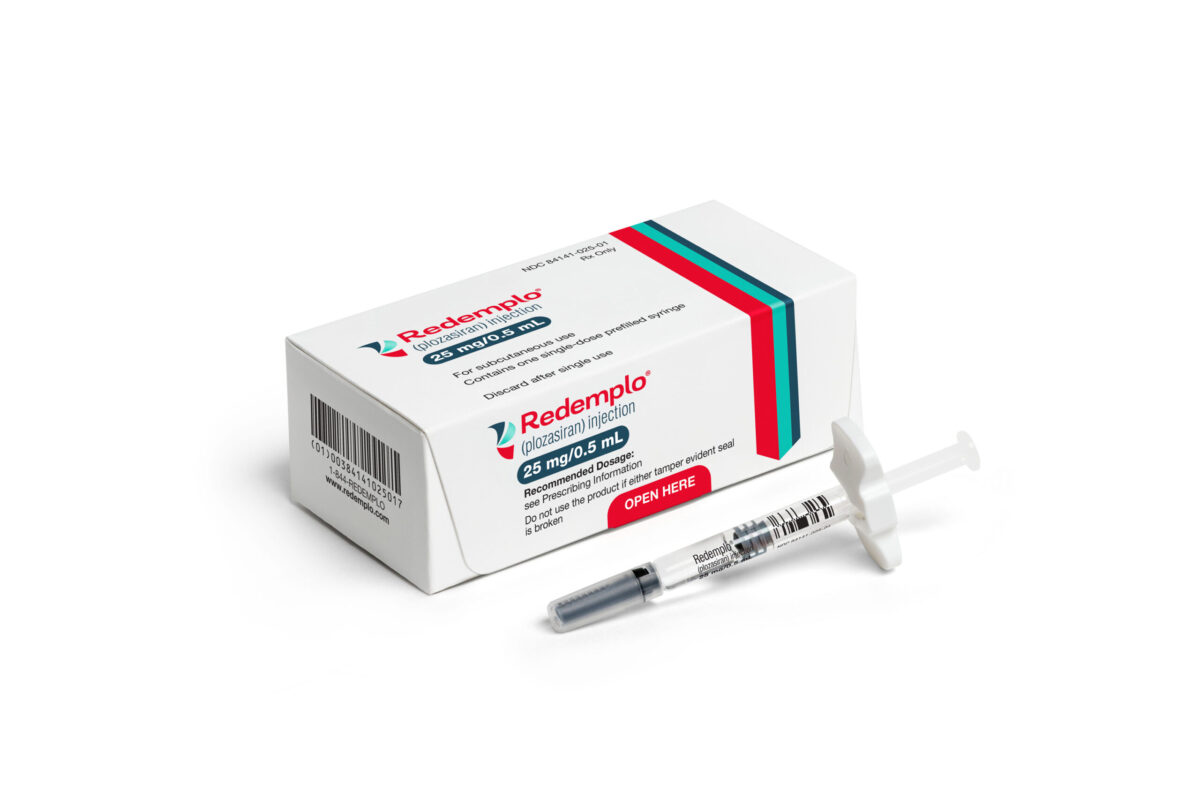Hospitals have now joined consumer groups and health insurance companies in urging the US government to take a stand on prescription drug pricing. According to a survey conducted by the American Hospital Association and the Federation of American Hospitals, the average inpatient drug cost increased by over 38 percent per patient, between 2013 and 2015.
The price hikes were consistent across a number of different drugs, including branded and generics, as well as those that are either often or rarely administered. As insurers and government programs, such as Medicare, often cover a set amount of drug-related expenses per patient, hospitals are left to cover the bill for pricey drugs.
“The system is clearly broken,” said Scott Knoer, chief pharmacy officer at the Cleveland Clinic. “The [pharmaceutical] industry has proven time and time again it can no longer regulate itself.”
In all, 712 hospitals were polled, which was combined with data collected from group purchasing organizations supplying an additional 1,400 hospitals. Over 90 percent of the hospitals included in the study reported that drug price increases had a moderate to severe effect on their budgeting abilities.
While the over 3,000 percent price hike on Turing Pharmaceuticals’ Daraprim is the much-referenced example of the pharmaceutical industry pricing problem, many other drugs have seen similar cost increases. On the low end of the spectrum, ephedrine sulfate – used to treat breathing problems such as asthma – saw a 300 percent price increase between 2013 and 2015, leading to a spending increase from $7.5 million to $34.6 million, on that one drug alone.
“This analysis is a real wakeup call on health care spending,” said Federation of American Hospitals President and CEO Chip Kahn. “It confirms what local hospital administrators recognize as a serious and growing problem for their patients. Rapidly rising drug costs combined with unsustainable Medicare and Medicaid cuts put hospitals in an impossible bind.”
According to the study, the majority of price increases were found to be “random, inconsistent and unpredictable.” Pharmaceutical trade groups, including BIO and PhRMA, defend the high costs of newly-approved therapies by highlighting their long-term value as innovative medicines.












Join or login to leave a comment
JOIN LOGIN